What’s the first thing that comes to your mind after hearing the term “Ola”? Online cab booking! Isn’t it? Have you ever wondered how Ola became synonymous with online booked cabs? Due to its successful operations and services. Well, that’s true. But apart from that numerous other factors have also played crucial roles to make the cab-booking start-up successful. So, in this write-up, we will shed light on Ola Case Study and will decode the success story of Ola.
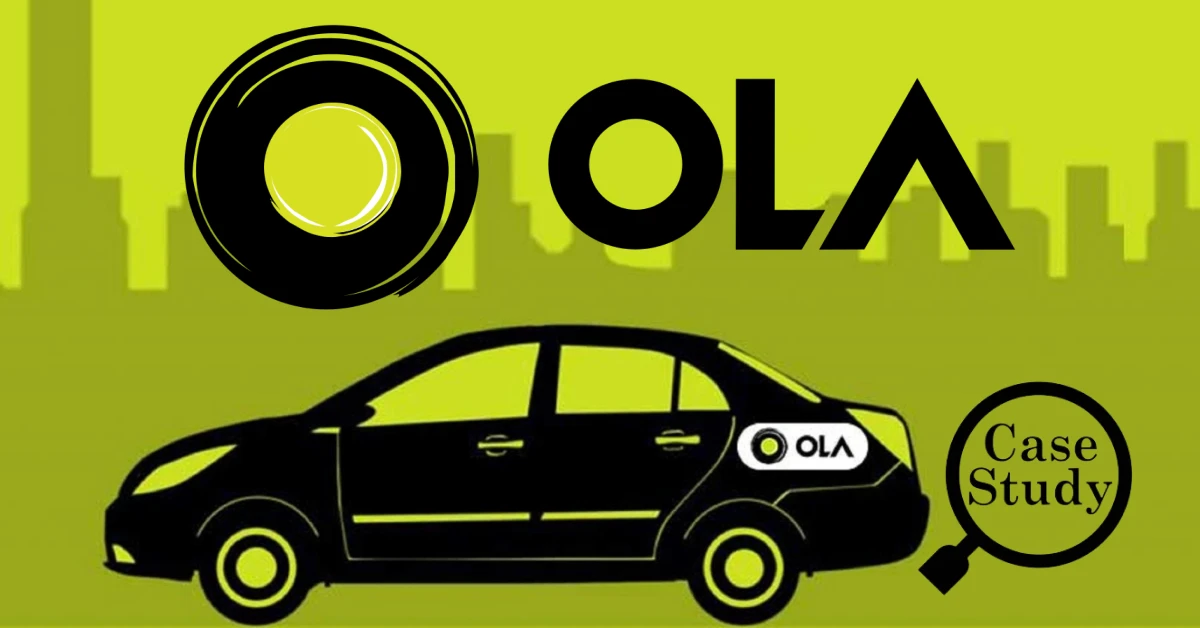
Stay tuned!
Ola: A Brief Overview
Ola, originally known as Ola Cabs, is a successful Indian ride-hailing company that has revolutionized the cab booking industry. The success story of Ola is a result of the visionary thinking and perseverance of its co-founder, Bhavish Aggarwal.
The name “Ola” was derived from the Spanish word “Hola” meaning “Hello” or greetings. Before diving deeper, let’s have a brief overview of the company-
| Name of the Company | Ola Cabs |
| Parent Company | ANI Technologies |
| Type of Company | Private |
| Operating Segment (Industry) | Transportation |
| Founded | 3rd December 2010 |
| Founders | Bhavish Aggarwal (CEO), Ankit Bhati (CTO) |
| Headquarters | Bengaluru (Karnataka, India) |
| Areas Served | India, Australia, New Zealand, United Kingdom |
| Services | Rental Vehicles, Cabs, Financial Services, Food Delivery. |
| Market Valuation (FY22) | Rs.41 crores ($5 billion) |
| Revenue Earned (FY22) | Rs.1,970 crore ($250 million) |
| Customer Base in India | 125 million |
History of Ola
The birth story of Ola begins with the difficulty faced by Bhavish Aggarwal (Founder). How? When he was unable to find a reliable cab.
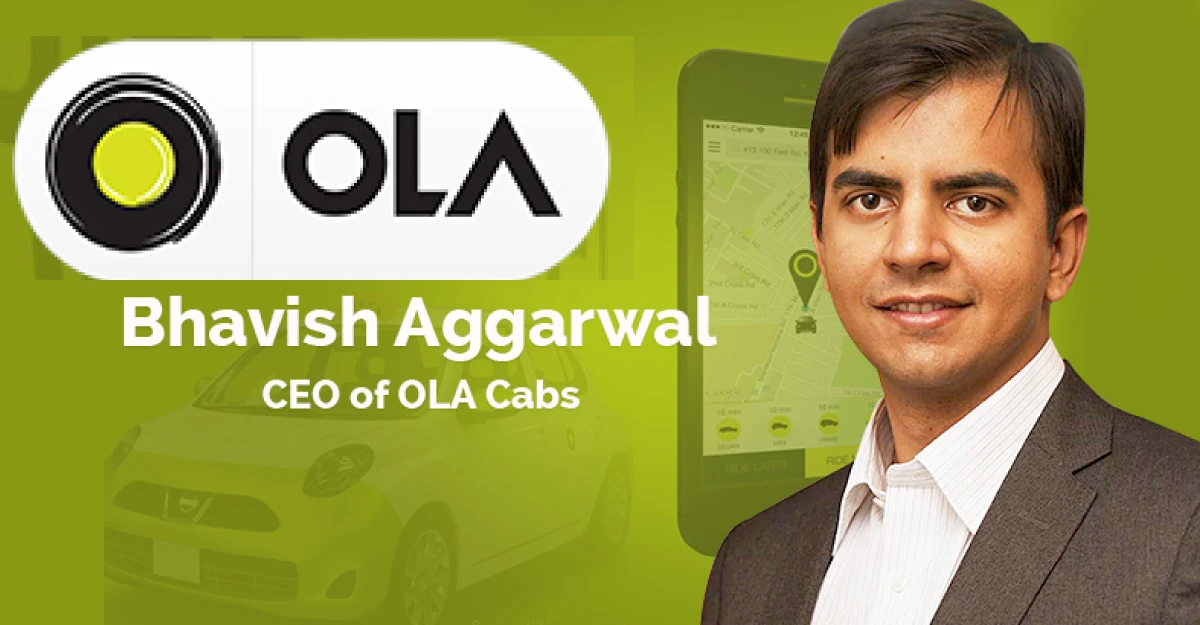
Ola was established on December 3rd, 2010, to address the pain points faced by commuters in India. Bhavish Aggarwal, while he was traveling from Bangalore to Bandipur, faced difficulties in finding a reliable cab.
You too, might have faced this sort of difficulty a decade back! Didn’t you? So, what did you do at that time? Contacting a local taxi aggregator with fluctuating prices was the only solution. This problem sparked the idea of creating a platform that would connect passengers with cab drivers efficiently and conveniently. The affordable and standard price of cab bookings was the cherry on top.
What problem did Ola solve? The cab booking problem!
From its humble beginnings, Ola quickly gained traction and became one of the fastest-growing startups in India. It surpassed its global rivals like Uber and Meru Cabs. Thus, it became India’s leading ride-hailing platform.
Ola’s Journey
The successful journey of Ola has been marked by rapid growth, strategic partnerships, and innovations. It introduced features like Ola Money, a digital payment solution, and Ola Share, a carpooling service aimed at reducing traffic congestion and promoting eco-friendly transportation options.
In addition to ride-hailing, Ola ventured into other segments like food delivery (Ola Foods) and electric vehicle infrastructure (Ola Electric). Ola Electric gained attention for its plans to build a network of electric vehicle charging stations and develop electric two-wheelers.
Ola’s success can be attributed to various factors such as its user-friendly app, wide availability of cabs, competitive pricing, and focus on customer satisfaction. We will dig deeper into these factors in the next section.
Key Factors that attributed to Ola’s success
This is the most important part of the Ola case study. The success story of Ola can be attributed to the following key factors-
(A) Innovative Business Model
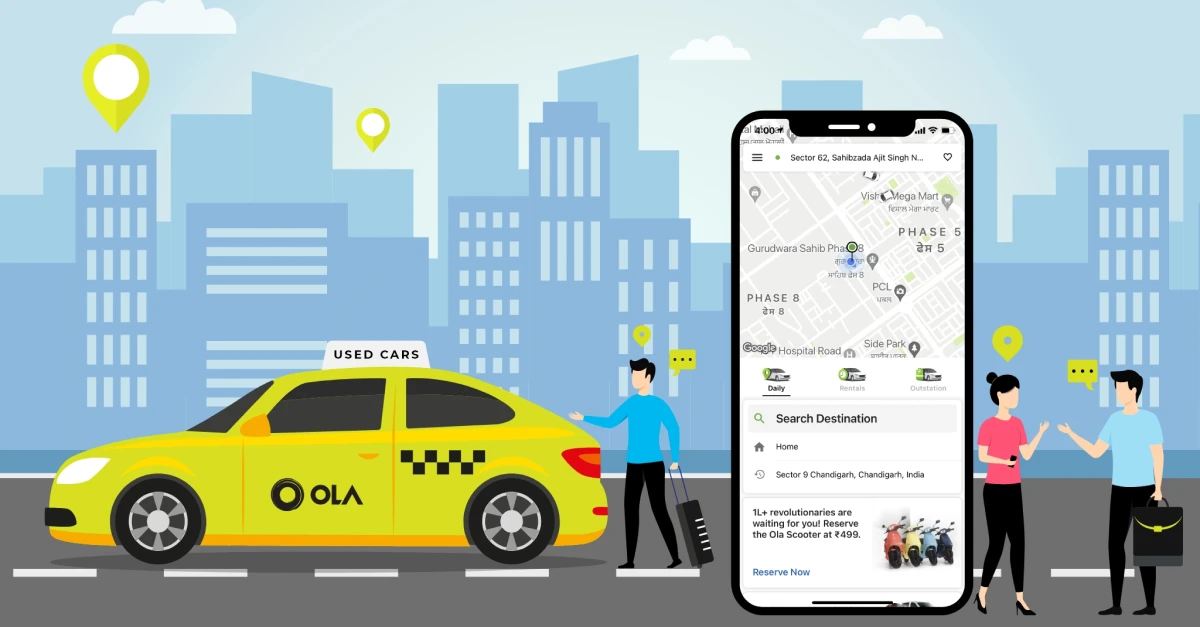
Ola introduced an innovative business model by offering a convenient and affordable alternative to traditional taxi services. It is based on the concept of the “sharing economy.” It connects passengers needing rides with drivers who use their vehicles.
Some of the highlighting features of the Ola Business Model are-
(A.1) Asset Utilization
Ola optimizes the use of existing resources (drivers’ cars). How? By providing a platform for drivers to offer rides when they have available time, increasing the utilization of their vehicles.
(A.2) Flexible Income
Drivers have the flexibility to work when they want, allowing them to earn income on their terms. This can be particularly appealing to those seeking part-time or flexible employment.
(A.3) Convenience
Passengers can request rides using the Ola app, which provides real-time tracking, cashless payments, and a seamless booking process.
(A.4) Dynamic Pricing
Ola employs a dynamic pricing model (surge pricing) during peak demand times. This feature incentivizes more drivers to come online, ensuring passengers can find rides even during busy periods.
(A.5) Inclusive Model
Ola has expanded beyond urban areas, providing transportation services to underserved and remote regions. Thereby, it enhanced mobility and connectivity.
(A.6) Data Utilization
Ola collects data on travel patterns, demand, and user preferences. This feature enables them to optimize their services, improve efficiency, and offer tailored promotions.
Thus, Ola’s innovative business model leverages technology, data, and a decentralized workforce to transform the transportation industry. It aims to provide affordable and convenient ridesharing services to a wide range of customers.
(B) Diverse Revenue Sources: How Does Ola Make Money?
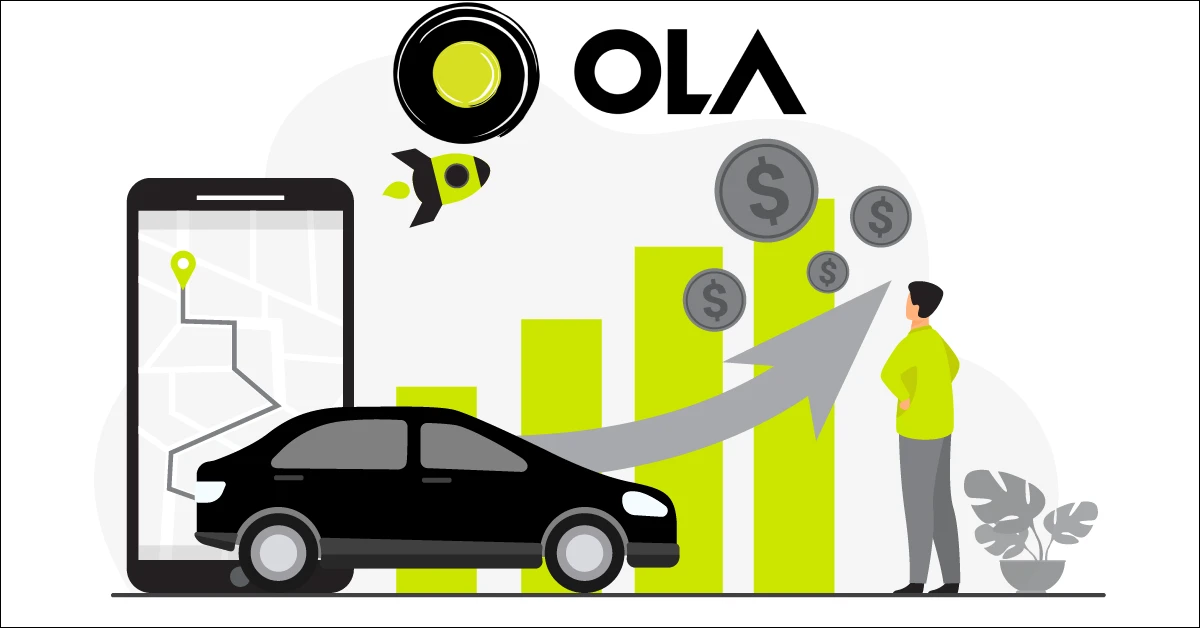
In fiscal year 2022, Ola earned revenue worth Rs.1,970 crore ($250 million). That’s quite impressive. Isn’t it? This fact boils down to one question. How does Ola make money? Ola generates revenue primarily through the following sources-
(B.1) Ride-Hailing Services
As you know, Ola’s core business involves ride-hailing services to customers. The company earns money by charging passengers for the rides they take. The fare charged is usually based on factors such as distance traveled, time taken, and other applicable fees.
(B.2) Commissions from Drivers
Ola takes a percentage of the fare as a commission from its drivers, who operate as independent contractors. This commission varies by region and service type.
(B.3) Surge Pricing
This is a very interesting source of revenue. How? You may ask. Due to its fluctuation! Isn’t Ola famous for its standardized pricing? Yes, it is true. But the pricing changes as per the traffic on the road! During peak demand periods or high-traffic situations, Ola may implement surge pricing. This feature temporarily increases the fare to incentivize more drivers to be available. This allows Ola to generate higher revenue during times of increased demand.
(B.4) Subscription Plans
Ola offers subscription plans that allow users to pay a fixed fee upfront for a certain number of rides or a specific period. These plans provide a sense of convenience and predictability for frequent riders.
(B.5) Food Delivery (Ola Foods)
As you have read above, Ola introduced a food delivery segment too! Through Ola Foods, it earns revenue by charging restaurants a commission on orders placed through its platform. Thus, it competes with major food delivery platforms like Zomato and Swiggy. Although Ola has stopped and re-launched Ola Foods multiple times. But as of now, it operates through cloud kitchens.
(B.6) Ola Money

Ola has a digital wallet called “Ola Money.” Users can add funds to their Ola Money wallet. You can use it to pay for rides, food orders, and other services within the Ola ecosystem. Ola earns money through transaction fees and by investing the funds in the wallet.
(B.7) Advertisements and Partnerships
Ola collaborates with brands for promotional campaigns or advertisements within their vehicles or app. Such partnerships provide an additional stream of revenue.
Thus, these revenue streams collectively contribute to Ola’s overall financial performance and growth.
C) Market Disruption
Do you know what is the most impressive part of the Ola case study? Its market disruption strategy! Ola disrupted the traditional taxi industry in India through its innovative business model. By leveraging technology and a user-friendly app, Ola transformed the way people access and use transportation services. It offered a convenient and cashless booking process, real-time tracking, and dynamic pricing, which were absent in traditional taxis.
(C.1) Part-time drivers
Ola’s model empowered a large number of individual vehicle owners to become part-time drivers, significantly increasing the supply of available rides. This led to reduced waiting times and increased accessibility for passengers, challenging the monopoly-like hold traditional taxis had on the market.
(C.2) Cost-Effective Model
Additionally, Ola introduced cost-effective carpooling options, promoting resource optimization and reducing congestion. Ola case study is incomplete without its cost-effective model. We have explained it in the previous sections in detail. The dynamic pricing mechanism during peak hours ensured that even during high-demand periods, users could find rides, thus addressing a common pain point with traditional taxis.
(C.3) Sharing Economy
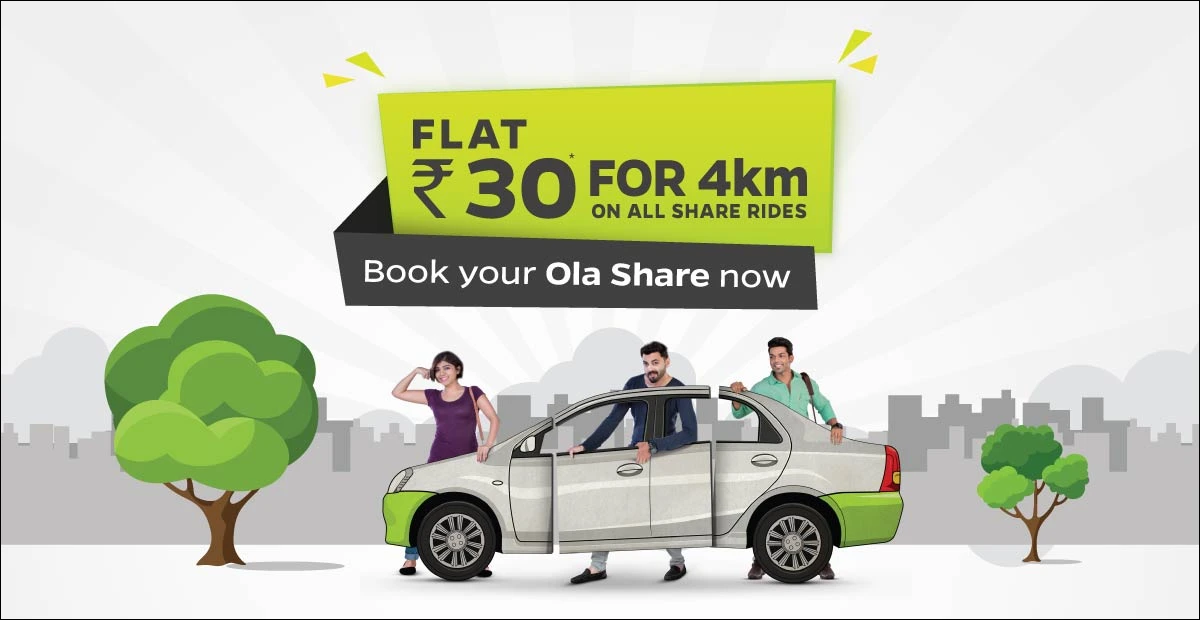
By embracing the sharing economy, Ola not only provided affordable transportation alternatives but also created flexible income opportunities for drivers. The traditional taxi industry is often burdened by regulatory complexities and inconsistent service. It struggled to keep up with Ola’s tech-driven convenience and efficiency.
You can say that Ola disrupted the traditional taxi landscape in India by introducing an innovative, technology-driven platform. It offered convenience, efficiency, affordability, and income opportunities. Thus, it led to a paradigm shift in how people perceive and use transportation services.
(D) Strategic Expansion
It is a crucial part of Ola case study. Ola strategically expanded by diversifying its services beyond ride-sharing services. It introduced several subsidiaries and services-
Some other services of Ola are-
- Ola Fleet: It involves the leasing of taxis to partnered drivers
- Ola Foods: Do you know, Ola acquired the Indian subsidiary of Foodpanda in 2017? With this, Ola entered into the food delivery segment. Thus, it competed with Zomato & Swiggy.
- Ola Financial Services: In 2015, Ola launched mobile payments and wallet services in the Ola app. It was called OlaMoney. It offered lucrative financial services like buy now pay later, insurance, vehicle loans, and credit cards.
- Ola Electric: Ola Electric Mobility is an Indian electric two-wheeler manufacturer, based in Bengaluru. It was established in 2017 as a wholly-owned subsidiary of ANI Technologies, the parent entity of Ola Cabs.
- Ola Ambulance: Ola has been providing Ola Emergency medical care services in several cities throughout India since Covid-19. It enables citizens to access essential medical care without any delay. (However, there are no latest updates on Ola Emergency Services. In case we find any authentic and latest reports, we will update you soon!)
(E) Global Expansion
Ola ventured into international markets too! Yes, it established its presence in-
- Australia
- United Kingdom
- New Zealand
These expansions aimed to increase market share, and revenue streams, and create an ecosystem of interconnected services. By adapting to evolving consumer needs and exploring new territories. Ola aims to secure a competitive edge in the global transportation and mobility industry. Thus, Ola case study emphasizes on the significance of global expansion.
(F) Sustainable Practices
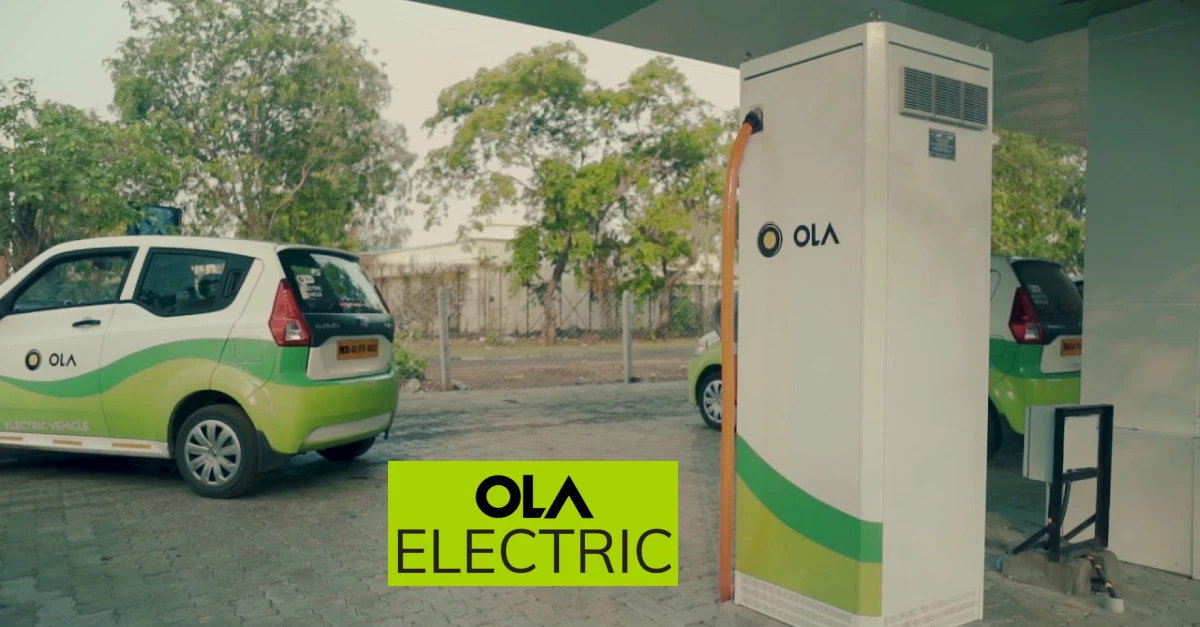
Ola Cabs incorporates sustainable practices by introducing electric vehicles (EVs) into its fleet. This initiative aims to reduce carbon emissions and promote clean transportation. They implement ride-sharing to optimize vehicle usage, reducing traffic congestion and pollution. Ola also focuses on driver-partner welfare, offering benefits and training programs. Sustainable practices are the important part of Ola case study.
The Ola “Mission Electric” initiative aims to pledge to reject petrol vehicles and opt for e-vehicles. It committed to introducing electric vehicles and reducing global emissions and fossil fuel dependency. It wants to make India, the epic center of electrification.
The company invests in charging infrastructure and collaborates with governments for EV adoption. These practices contribute to a greener environment, lower carbon footprint, and a more sustainable urban transportation ecosystem.
(G) Customer Centric Approach
Ola’s customer-centric approach prioritizes delivering a seamless and personalized experience to users. They focus on understanding customer needs, enhancing service quality, and promoting convenience. Ola’s app interface, real-time tracking, diverse ride options, and responsive customer support exemplify their commitment to user satisfaction. Regular feedback integration and loyalty rewards reinforce this approach, ensuring Ola continually evolves to meet and exceed customer expectations, fostering lasting relationships and loyalty.
In the Ola case study, its success story is characterized by its innovative approach to transportation, strategic expansion, and continuous efforts to improve customer satisfaction. Thus, it became a prominent player in the ride-hailing industry.
How Ola is different from its contemporary cab services?
Ola differentiates itself from other cab services through its innovative pay-per-performance model for drivers and its commission-based earning structure for every taxi booking. This unique approach allows Ola to attract drivers and incentivize them to provide excellent service to customers.
Also, it differentiates itself from its contemporary cab services through its innovative features. Such as an extensive range of ride options, a user-friendly app interface, etc.
Unlike its competitors, Ola offers various vehicle choices, including economy, premium, and shared rides, catering to diverse customer preferences. The app’s intuitive design simplifies booking, real-time tracking, and cashless payments. Ola’s focus on localized features, such as language preferences and in-app entertainment, sets it apart. Additionally, Ola’s commitment to sustainability, electric vehicle integration, and driver welfare showcases its forward-thinking approach. These elements collectively distinguish Ola case study as a holistic and customer-centric ride-hailing platform.
Market Share of Ola
In terms of market share, Ola has been a dominant player in the Indian online taxi services market. In FY 2022, Ola’s market share accounted for approximately 59%. Back in FY 2019, Ola accounted for approximately 72.44% of the total revenue generated by the online taxi services market in India. However, it’s important to note that market dynamics can change over time. As of September 2019, Ola and Uber had market shares of 35% and 45% respectively. But now their market share is 50% and 41% respectively. This indicates a competitive landscape with fluctuating shares.
Note: We have written a detailed comparison on the topic “Ola vs Uber: Which one is doing better business in India?” You can look into it for more information.
Why was Ola banned?
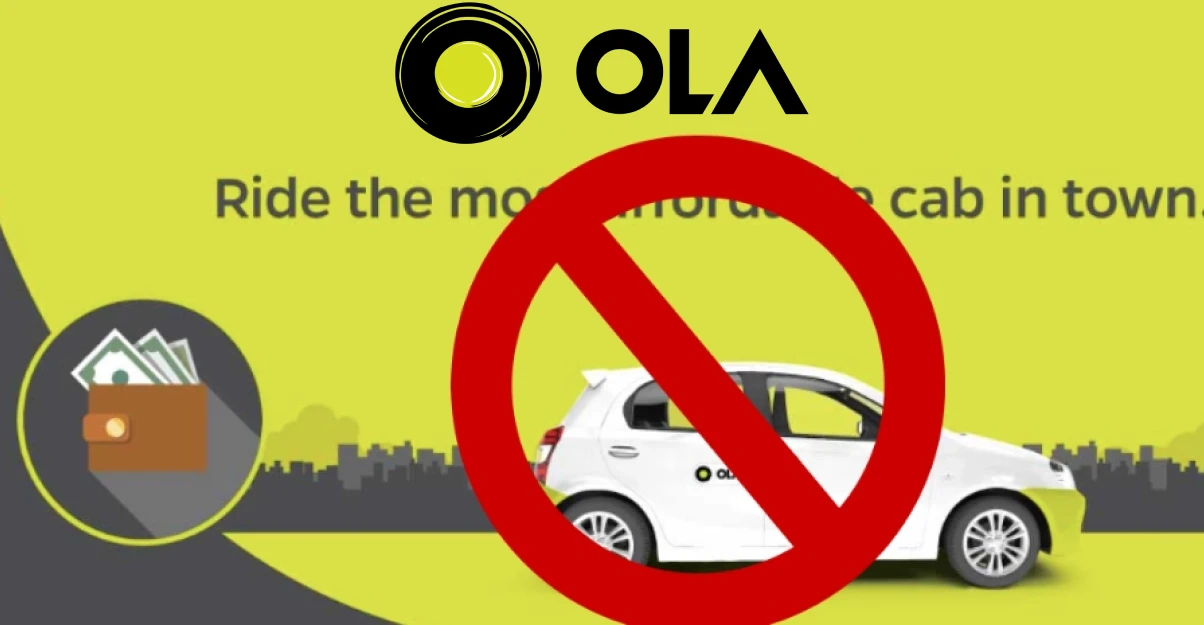
On March 2023, the Delhi Government banned online taxi services including that of Ola, Uber, and Rapido bikes. Reason? The government banned Ola citing violations of the Motor Vehicles Act, of 1988. It made aggregators liable for a fine worth Rs.1 lakh.
As per the amendments made in the Motor Vehicles Act in 2019, the aggregators weren’t permitted to operate without a valid license. The government didn’t want the aggregators to compromise the safety of customers. That’s why only those with invalid licenses were banned.
Challenges Faced by Ola
Apart from the ban described above, Ola faced numerous challenges that also impacted its operations. Some of the major challenges were-
1. Regulatory Hurdles
Ola has often encountered regulatory challenges in various regions due to the disruption it brought to the traditional taxi industry. Local governments and taxi unions have raised concerns about Ola’s business model, safety standards, and the classification of drivers as independent contractors.
2. Competition and Market Saturation
Ola has faced intense competition from other ride-hailing platforms, especially Uber. The struggle for market dominance led to price wars and aggressive discounts, impacting Ola’s profitability and brand image. As the market became saturated, customer acquisition became more challenging.
3. Driver Partner Relations
Maintaining a healthy relationship with its driver-partners has been a challenge for Ola. Concerns over fare cuts, incentive changes, and working conditions have led to protests and strikes by drivers, affecting the company’s operations and reputation.
4. Economic and Financial Factors
Economic downturns and fluctuations can impact consumer spending habits, affecting Ola’s ride demand and revenue. Maintaining profitability and financial stability in such conditions is a continual challenge.
Future Plans of Ola
In terms of expansion, Ola has plans to extend its services to 500 towns, bringing shared mobility to 500 million people. They have begun aggressive expansion overseas too! Additionally, Ola is venturing into new avenues of transportation. By the end of 2023, they are set to launch a motorbike. This plan is followed by the introduction of a battery-powered car in 2024. These upcoming vehicles will further expand Ola’s presence in the mobility sector.
Overall, Ola Cabs is dedicated to embracing electric mobility and expanding its services to reach millions of people across different towns. Through their “Mission Electric” initiative, they aim to contribute to a sustainable and eco-friendly future. Also, providing convenient transportation options to its customers is one of its essential features.
Conclusion
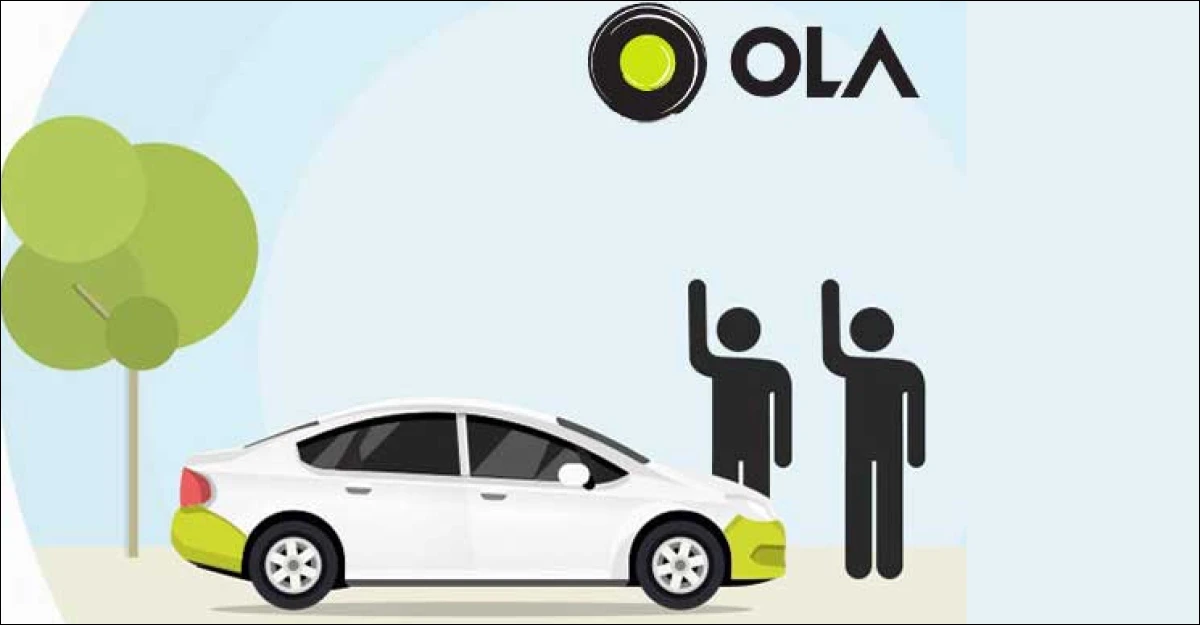
Startups are one of the key players in the nation’s development. Not only it boosts innovation but also provides employment and services. However, as per the statistics, startups have extremely high mortality rates. Reason? Lack of strategic planning, humongous losses, expenditures, etc. Fortunately, some startups have turned the tables in India with their successful operations. And Ola is one of them!
Ola case study is a popular success story in the Indian startup ecosystem. It exemplifies the power of innovation, entrepreneurship, and understanding the needs of the market. By leveraging technology, Ola created a platform that transformed the way people commute in India, providing convenience and reliability.
Overall, Ola’s success can be attributed to its commitment to providing a seamless and efficient cab booking experience to its users. It became a kingpin of online cab booking services. All thanks to its constant efforts to adapt to changing market dynamics.

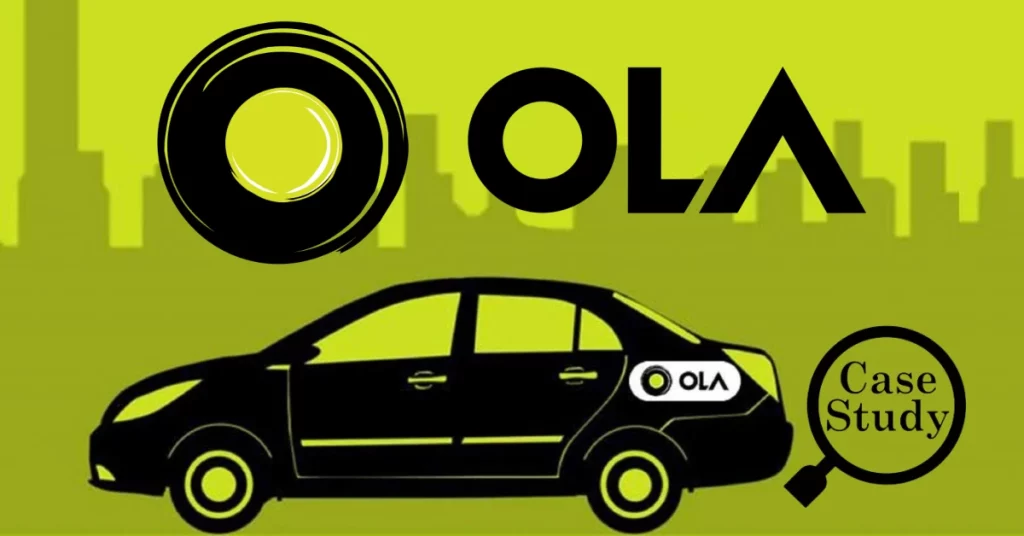
Really impressive and informative thanks supti ….😊😊🤗❣️
It was a knowledge gainer and well research drafted. I am eager to know how Ola initially persuaded Taxi drivers to operate on their App Whether it was D2C or by digital marketing.